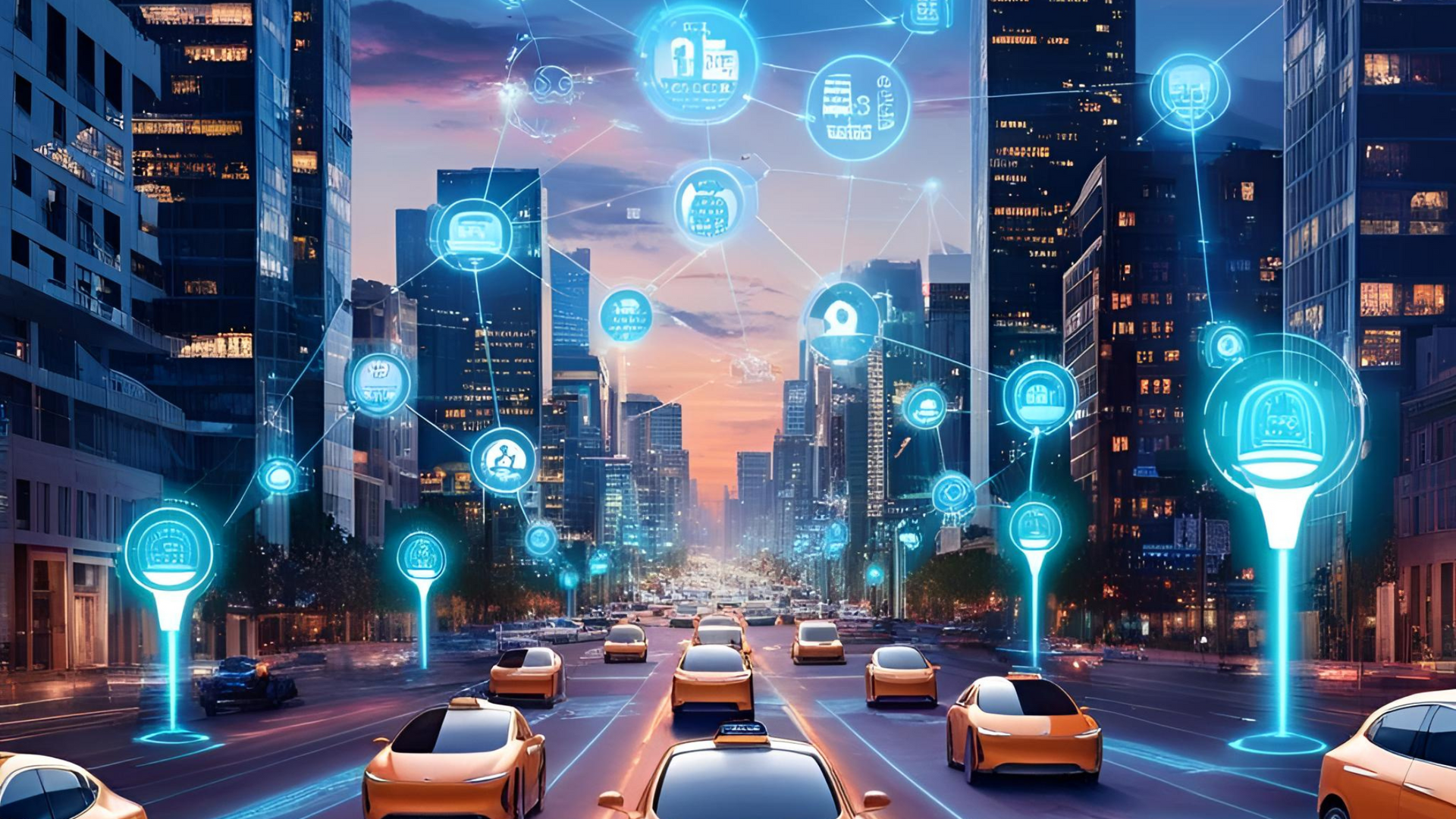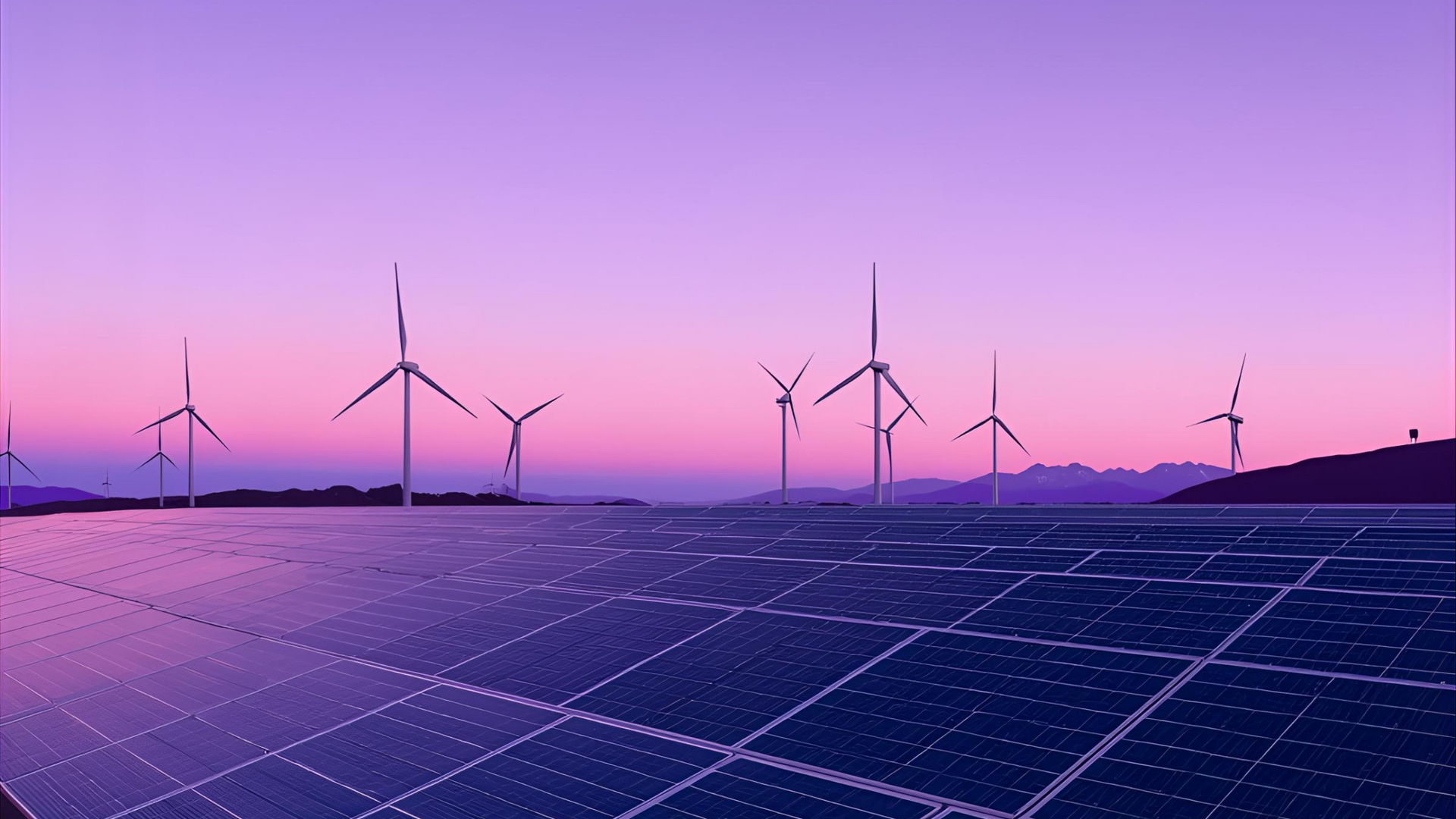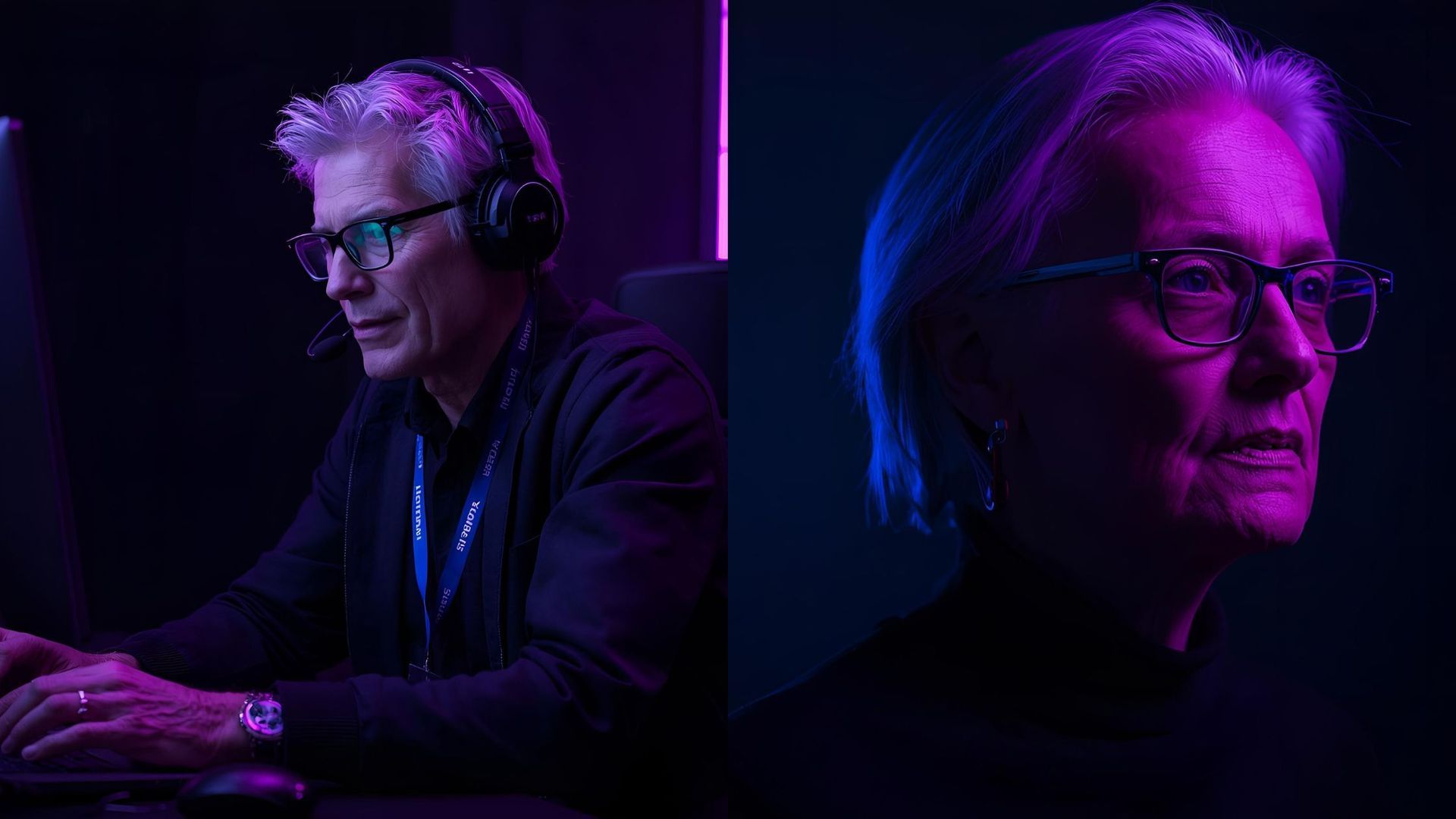Blogs
Lunch With a Leader: Chapter 4 – Tess Fava

Welcome to Lunch with a Leader, where the Tech & Data People team sits down with IT leaders to uncover their career insights, challenges, and industry perspectives. Each conversation brings valuable lessons, trends, and advice to help our community grow and thrive.
Grab a seat at the table and take in the insights from some of the best in the business.
Portfolio management isn’t just about reporting and governance – it’s about driving real, measurable impact. And that’s exactly what Tess Fava, Portfolio Manager at Coles Group, brings to the table.
With a sharp focus on strategic alignment, cross-functional collaboration, and meaningful KPIs, Tess is steering a high-performing portfolio that balances agility with accountability. From shifting out of the PMO and into the ‘balcony view’, to building a consistent operating rhythm across diverse teams, she shares what it really takes to lead at the portfolio level.
In this chapter, we explore how Tess connects the dots between delivery and direction – and why seeing the forest (not just the trees) is the real game-changer.
1. Given the rapid evolution of technologies and market trends, how do you proactively identify and assess emerging trends for their potential impact on your portfolio? Any methodologies or frameworks you employ to translate these trends into actionable portfolio strategies?
That's a really insightful question! Navigating the rapid changes in technology and market trends is crucial for any portfolio. For me, it's a multi-faceted approach that blends active monitoring with direct engagement.
Firstly, I keep a close watch on key industry players, particularly companies like Atlassian, which are central to our agile methodologies and toolsets. They often provide a leading indicator of emerging trends in how teams work and collaborate. Similarly, understanding what our competitors are implementing in the digital space is vital for remaining competitive.
However, simply observing isn't enough. I find immense value in attending events. For instance, Atlassian frequently host events, like their ‘Agile in Wonderland' strategy day. These gatherings bring together a diverse group of professionals to discuss best practices, explore new ways of leveraging their tools, and understand their evolving strategic direction. Attending these events, not just from a user perspective but with a strategic lens is super helpful.
Beyond specific vendors, networking with peers in similar roles – portfolio managers, program managers – across different companies is incredibly beneficial. These conversations, often through informal meetups or more structured initiatives like ‘Women in Technology', allow for the sharing of best practices and real-world experiences. Hearing what's working for others provides valuable perspectives and helps identify trends.
2. As a Portfolio Manager, what suite of key performance indicators (KPIs) do you monitor to evaluate the business impact of your portfolio? How do you ensure these metrics are aligned with overarching organisational goals and communicated effectively?
That's a critical aspect of portfolio management – understanding and measuring our impact. For me, the key performance indicators (KPIs) we prioritise always tie directly back to the overarching organisational strategy.
It's not just about individual metrics; it's about how they collectively tell the story of our contribution to the bigger picture.
Some of the key areas we focus on include 'working smarter,' which could translate to metrics around efficiency gains or process improvements. We also heavily emphasise positive customer impact, although the specific KPIs here can vary depending on the nature of our work – it might be satisfaction scores, adoption rates, or even qualitative feedback. Domain support effectiveness is another crucial area, ensuring our portfolio is aligned with and effectively serving the needs of the different business domains.
People-centricity is also vital; while it might seem less direct, a safe and supportive work environment ultimately impacts productivity and quality. Metrics around team well-being and engagement can be indicators here. Finally, continuous improvement is a constant focus, and we look for KPIs that demonstrate our ability to learn, adapt, and optimise our processes.
In my role, particularly within an agile environment, ensuring consistency in our ways of working across our teams is a significant focus. While we don't enforce a rigid 'one-size-fits-all' approach – different teams have different needs – we strive for alignment in how we plan and deliver work. This enables us to report at a higher level and provide senior management with a holistic view of our portfolio's health and progress. This transparency builds confidence in our delivery and minimises surprises.
Some of the tangible improvements we track include:
- Speed to delivery - ensuring we're delivering value efficiently.
- Using consistent data fields for similar outcomes - streamlines reporting and analysis.
- The duration of testing – if we can optimise testing, we can potentially free up resources for other work.
- Financial health is always a key consideration, though it's often intertwined with the performance and deliverables of our vendors.
Ultimately, it's about having a suite of interconnected KPIs that not only measure performance in different dimensions but also collectively demonstrate our alignment with organisational goals and provide a clear and confident picture of our portfolio's impact to senior leadership.
3. Portfolio success often hinges on cross-functional collaboration. Describe your approach to fostering a collaborative environment across diverse teams within your portfolio. What strategies do you use to mitigate communication barriers and ensure project alignment?
Cross-functional collaboration is absolutely the bedrock of portfolio success. Without it, you risk silos, duplicated efforts, and misalignment with overall goals. We've put a strong emphasis on building a truly collaborative environment across our diverse teams and a lot of that comes down to establishing a consistent and effective operating rhythm.
The idea is to bring the right people together at the right time, consistently, to foster communication and alignment.
For instance, we hold weekly 'sync' meetings that include delivery managers, group product managers, and key stakeholders. These sessions provide a forum to discuss timelines, identify potential risks and blockers early on, and ensure everyone understands priorities. It's a crucial space for proactive problem-solving.
Beyond these more frequent touchpoints, we also have quarterly planning sessions. This is where we take a step back to review what we've accomplished in the previous quarter, what we might have missed, and what our plan looks like moving forward. These planning sessions are highly collaborative, involving representatives from different teams and business areas. The key here is to ensure that everyone understands the bigger picture and how their individual contributions fit into the overall portfolio strategy. This collaborative planning is essential for managing dependencies and ensuring we're all heading in the same direction.
Ultimately, these ceremonies – regular check-ins and quarterly planning – are intentional opportunities for communication, collaboration, and alignment. Without this structured approach, it's easy for teams to become disconnected, for work to be half-completed, and for misalignment to creep in.
- Shared understanding
- Mitigate communication barriers
- Ensure that our initiatives are not only successful individually but also contribute effectively to the overall portfolio goals.
4. Portfolios inherently involve risk. Share a specific instance where you encountered a significant risk within a project. What was the nature of the challenge, and what strategies did you implement to mitigate the risk and ensure project continuity?
You're absolutely right; portfolios inherently involve risk. While the specific nature of challenges can vary greatly, our overall approach to mitigating significant risks within projects comes down to 3 key things:
- Proactive identification
- Thorough assessment
- Implementation of multi-layered strategies to ensure project continuity.
We firmly believe that risk management shouldn't be an afterthought. It's integrated into our planning processes from the outset. We actively encourage teams to identify potential risks – whether they are related to timelines, resources, technical feasibility, or external dependencies – and to articulate these clearly.
Our goal is to move beyond simply reacting to risks as they arise and instead cultivate a proactive mindset where risk management is an ongoing and integral part of how we manage our portfolio.
Once a significant risk is identified, our next step is a comprehensive assessment. This involves evaluating the potential impact of the risk, the likelihood of it occurring, and the interdependencies with other aspects of the portfolio. This analysis helps us prioritise which risks require the most immediate and robust mitigation strategies.
5. For PMO Managers aiming to transition into a Portfolio Management role, what is the single most critical piece of advice you would offer regarding strategic portfolio oversight and leadership?
Shift your focus from the 'how' of individual projects to the 'why' and 'what' of the entire portfolio, embracing the balcony view.
In PMO roles, the focus is often on program delivery, methodologies, processes, and ensuring individual projects within a program are on track regarding risk, issues, schedule, resourcing and finances. You become deeply familiar with the intricacies of a specific set of work.
The transition to Portfolio Management requires a significant shift in perspective. You're no longer primarily concerned with the day-to-day execution of individual projects. Instead, your focus broadens to encompass the entire departmental portfolio – potentially dozens, even hundreds, of ongoing initiatives. Your key responibility becomes understanding how each of these contributes to the overarching strategic goals of the department and organisation.
This 'balcony view' is crucial. It means you need to be able to see the forest for the trees. You need to understand the strategic alignment of each project, its potential impact, its dependencies on other initiatives. This requires a different level of engagement to effectively manage and report on the overall health of the portfolio.
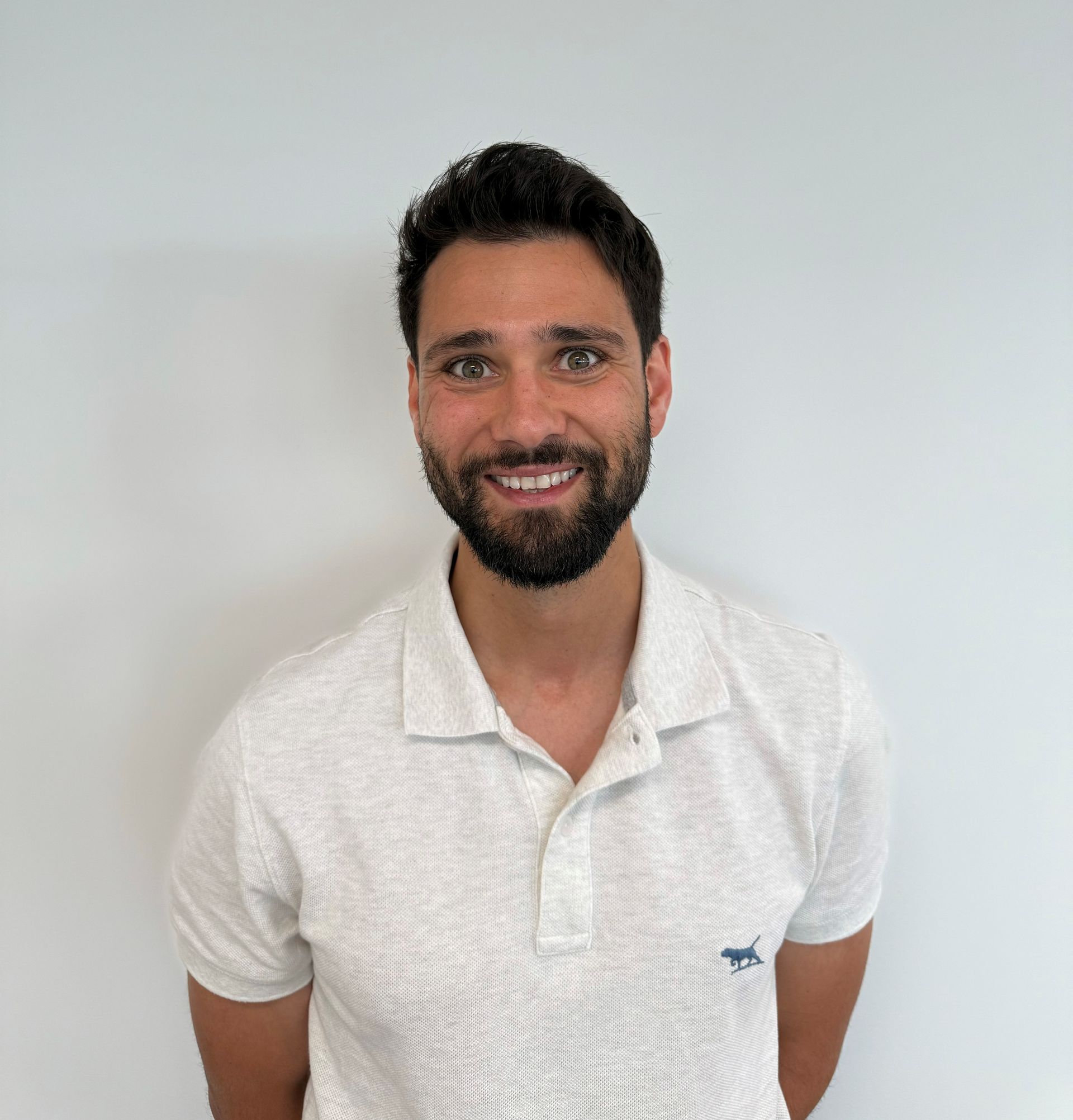
State Lead, VIC



